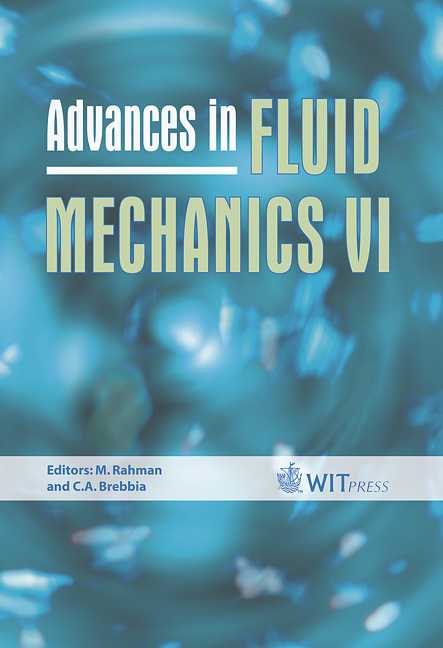Large Eddy Simulation Of Compressible Transitional Cascade Flows
Price
Free (open access)
Transaction
Volume
52
Pages
10
Published
2006
Size
1178 kb
Paper DOI
10.2495/AFM060491
Copyright
WIT Press
Author(s)
K. Matsuura & C. Kato
Abstract
The large eddy simulation (LES) of compressible transitional flows in a low-pressure turbine cascade is performed by using 6th-order compact difference and 10th-order filtering method. The numerical results without free-stream turbulence and those with about 5% of free-stream turbulence are compared. In these simulations, separated-flows in the turbine cascade accompanied by laminar-turbulent transition are realized, and the present results closely agree with past experimental measurements in terms of the static pressure distribution around the blade. In the case where no free-stream turbulence is taken into account, unsteady pressure field essentially differs from that with strong free-stream turbulence. In the no free-stream turbulence case, pressure waves that propagate from blade’s wake region have noticeable effects on the separated-boundary layer near the trailing-edge, and on the neighboring blade. Also, based on Snapshot Proper Orthogonal Decomposition (POD) analysis, dominant behaviors of the transitional boundary layers are investigated. Keywords: large eddy simulation, low pressure turbine, compressible flow, transition. 1 Introduction In low-pressure turbines or small-sized turbines, Reynolds number based on the chord length and the throat exit velocity becomes as small as in the order of 104- 105 due to decrease in density, resulting in increase in kinematic viscosity or the small length scale. The boundary layer on the blade in such a turbine thus
Keywords
large eddy simulation, low pressure turbine, compressible flow,transition.





